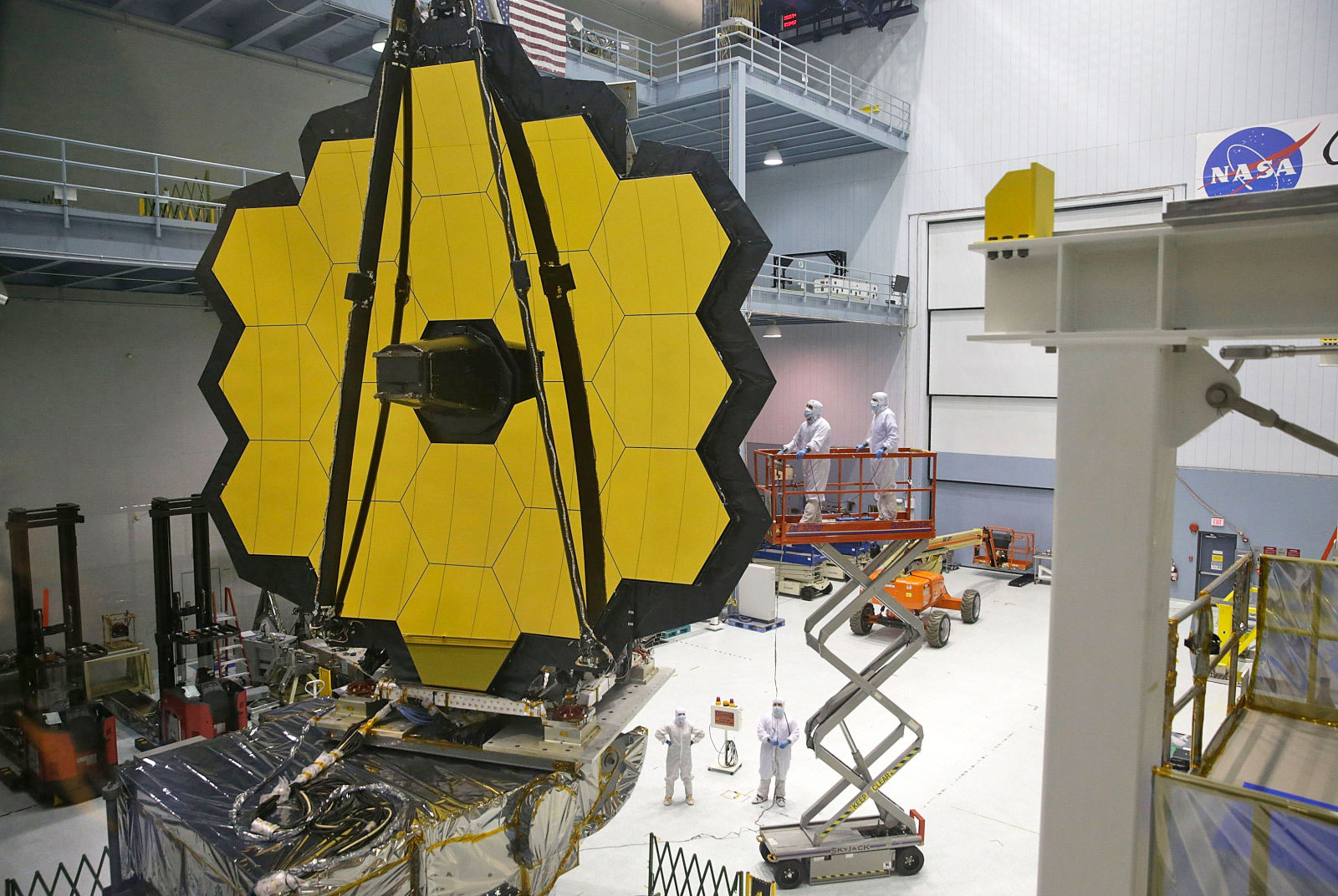


Because the total amount of light that these nebulas emit isn't very much, and our eyes are very small." "You would see the slightest faint haze in the sky," Hurt says. If you could ride in a spaceship out to a nebula, a cloud of dust and gas, and then look out the window, it wouldn't look like a glorious Hubble image. Vivid colors are added later - sometimes to mimic what our eyes can see and sometimes to highlight key scientific features such as the presence of oxygen or other elements.Īnd even though Hubble looks at the visible light spectrum, that doesn't mean its view equals what people would see. Hubble's cameras send back black-and-white images.
#NASA TELESCOPE HOW TO#
Joe's Big Idea Some Assembly Required: New Space Telescope Will Take Shape After Launch Part science, part artistryĭeciding how to assign colors that our eyes can see to the various wavelengths of infrared light, she says, involves a little bit of artistic license.īut then there's always been a certain amount of artistry in Hubble images, too. The telescope will also aid the search for possible signs of life on Earth-size planets in other solar systems by letting scientists analyze the tiny amount of starlight that filters through those planets' atmospheres. That will let Webb collect far more light and see much more distant galaxies. Its primary mirror is 21 feet across and covered in gold, and it's far larger than Hubble's mirror.

"Will Webb images look as gorgeous as Hubble images? Will we love them not just as scientifically valuable, but are they gonna knock our socks off? I'm pretty sure they are," says Jane Rigby, a NASA astrophysicist on the James Webb team.īut the new telescope has some important differences that will affect what kinds of science it can do and what kinds of images are sent home. The new telescope, the largest and most powerful ever put into space, will travel to a lonely spot 1 million miles from Earth, where it will be able to peer out into the farthest reaches of the universe.Īfter a setting-up period of about six months, NASA will unveil the telescope's first images to the public. In December, NASA is scheduled to launch the huge $10 billion James Webb Space Telescope, which is sometimes billed as the successor to the aging Hubble Space Telescope. NASA, ESA/Hubble and the Hubble Heritage Team The left shows the pillars in visible light the right image was taken in infrared light. Two views of the Eagle Nebula's "Pillars of Creation," both taken by the Hubble Space Telescope.


 0 kommentar(er)
0 kommentar(er)
